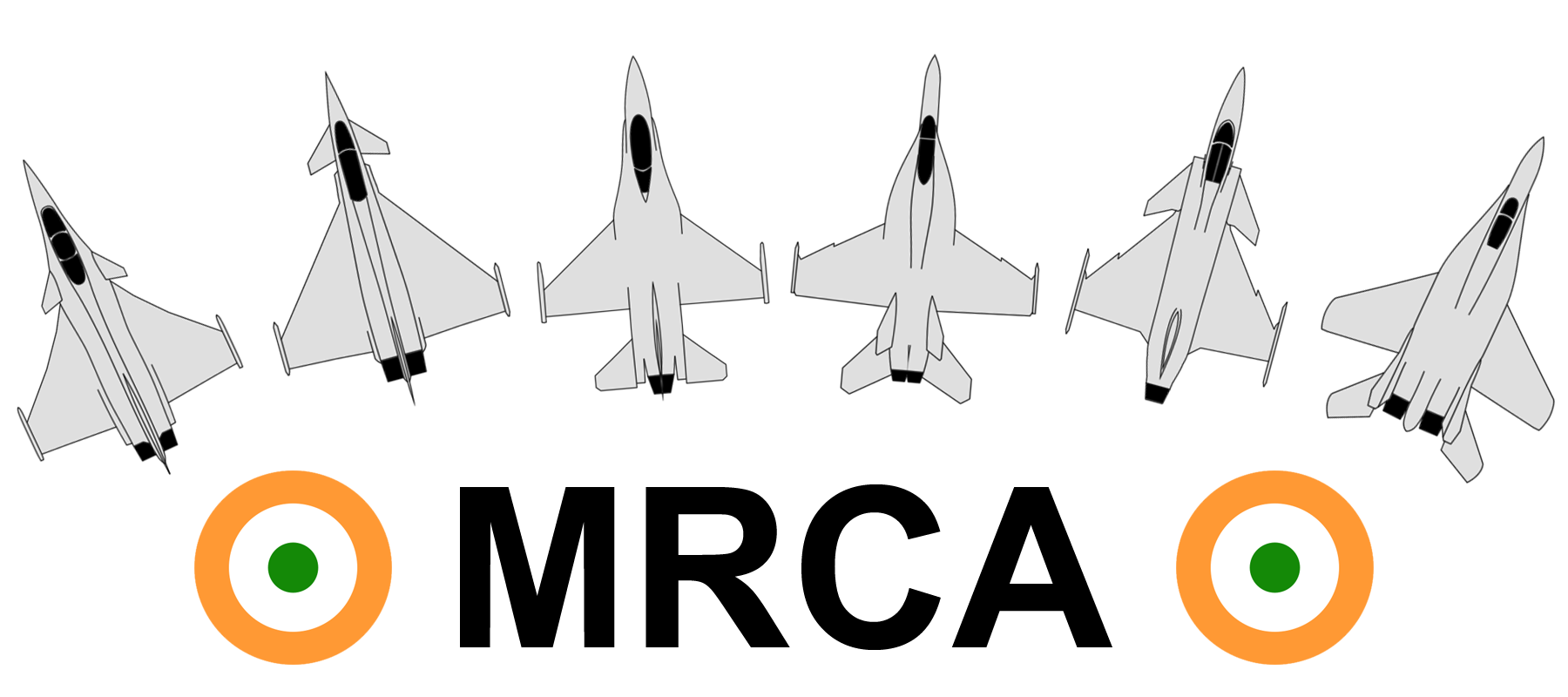With Swedish Aerospace giant SAAB’s JAS 39 Gripen frontrunners for India’s massive fighter jets deal, the firm while labelling the 74% Foreign Direct Investment (FDI) in defence “a very attractive model”, has sought clarity on Strategy Partnership Model.
Clear Message To China: India Army Will Fire If PLA Soldiers Come Forward
First adopted by the Indian government under the Make in India initiative, the Strategy Partnership Model is aimed at increasing the participation of domestic private firms and foreign firms in the country’s defence manufacturing sector.

Following the successful acquisition of 36 French Dassault Rafales under the Medium Multi-Role Combat Aircraft (MMRCA) contract, the Indian Air Force (IAF) has proposed the new MMRCA 2.0 for the procurement of 114 additional fighter jets in a bid to bolster its air fleet.
If the Gripen fighter jet is selected for the contract, SAAB had proposed to set up an Indian Aircraft Company (INAC) with Head of the company’s India Campaign, Mats Palmberg, suggesting that the Original Equipment Manufacturers (OEM) control the set up in order to “take responsibility and meet customer expectations”.
“The 74% is a very attractive model. But there is no clarity if Chapter 7 comes under it… We need some clarity on this.” said Palmberg, in a virtual interaction.
According to Eva Soderstrom, who is the Head of Industrial Cooperation, SAAB had offered India the latest Gripen-E along with its twin-seater variant, the Gripen-F, which is currently under development.
The Gripen E fighter jet is dubbed as “Russian jet Killers”, with the Swedish Air Force stating that the fighters are designed to kill Russia’s lethal Sukhoi fighter jets and have “black belt” in that type of combat.
While the fighters have been sold to Hungary, Czech Republic, South Africa, Thailand and already ordered by Brazil, they had been turned down by India under the previous MMRCA deal as they opted for the French Rafales.
The Gripen E is a 4+ generation fighter jet which can carry up to seven Meteor missiles and possesses beyond visual range (BVR) weapons to track and kill targets at a range of up to 80 miles.
It is a tremendous dogfighter in its range of fighters and can attain a speed of Mach 2 with supercruise ability, a range of 1500kilometres and boasts a maximum takeoff load of 16,500kgs.
Moreover, unlike other fighters, the Gripen E has been built with a focus on Electronic Warfare (EW) with the fighter being successful in “jamming” the German Typhoon fighters.
While the United States has spent millions of dollars on stealth technology to outclass Russian Sukhoi jets, the Swedish aerospace giants SAAB have taken a different path.
“Saab took a different and cheaper approach to combat the Sukhoi by focusing on electronic attack, which gives them an advantage over stealth as they can evolve the software without a ground-up rebuild,” said Justin Bronk, an expert at the Royal United Services Institute.
Rafale jets were not India’s only choice as various other firms expressed interest in the MMRCA tender. Six aviation giants competed to clinch the mammoth contract of 126 jets which included Lockheed Martin’s F-16s, Boeing’s F/A-18s, Eurofighter Typhoon, Russia’s MiG-35, Sweden’s Saab’s Gripen and the eventual winner – Dassault’s Rafale.




